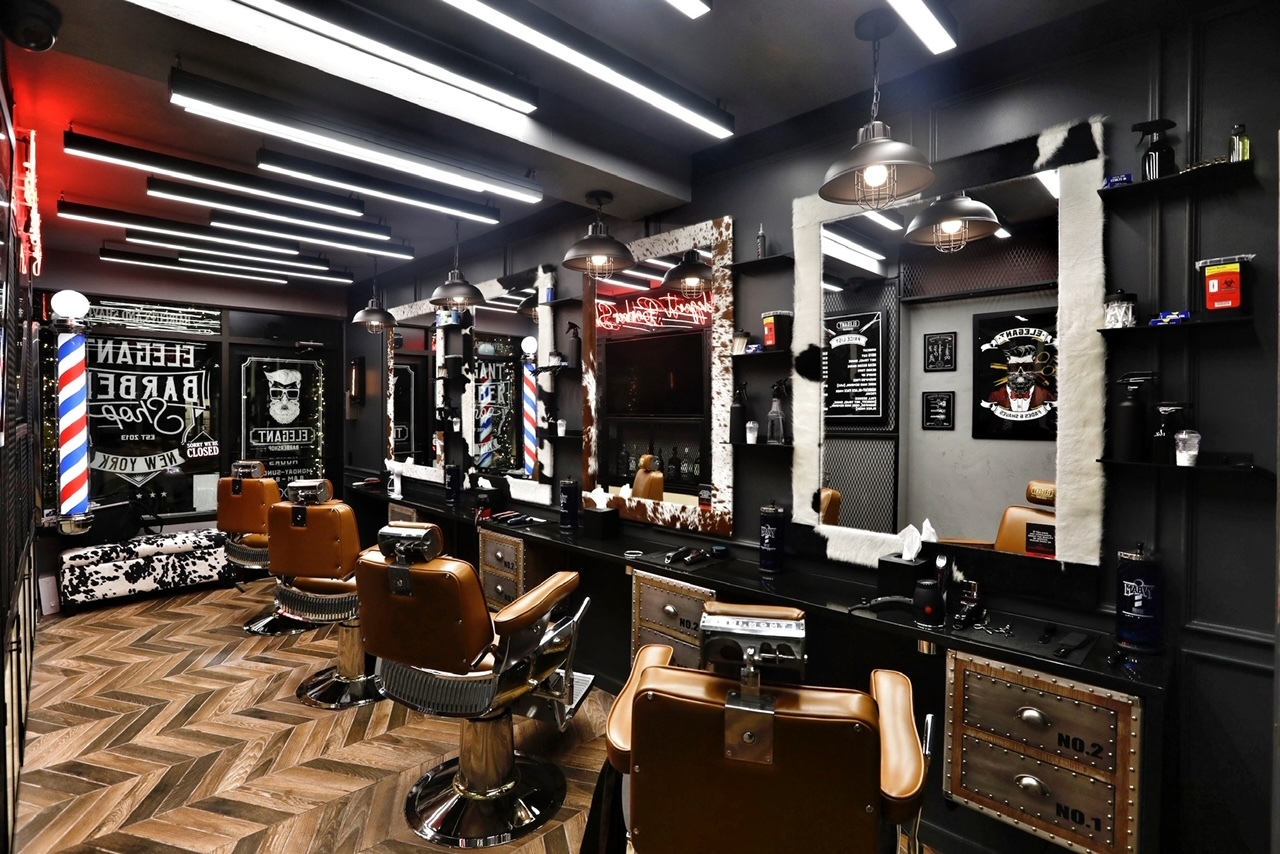Essential Sanitation Practices Every Hairdresser Should Steer Clear of to ensure Optimal Customer Safety
Essential Sanitation Practices Every Hairdresser Should Steer Clear of to ensure Optimal Customer Safety
Blog Article
Upholding adequate sanitation is essential in all profession which involves personal contact among clients, particularly within the barbering field. Barbers hold an important part in assisting people appear and feel the best, however this responsibility entails with the necessity for rigorous sanitary practices. In the interest of the safety of customers and barbers together, there are several essential sanitary practices that should be prevented. Understanding these measures may help guarantee a clean and secure environment in barber shops.
One of the most frequent sanitation errors stylists should avoid is the reuse of personal grooming tools without adequate cleaning. Instruments such as shears, clippers, and combs can harbor bacteria and pathogens if they are not sterilized after every application. Stylists should always disinfect their tools with appropriate cleaners or cloths after customers. Failing to do so could lead to the spread of diseases, which can have grave implications for customers. Establishing a routine for cleaning and disinfecting instruments is not just a recommended protocol; it is a necessary part of maintaining a secure operational setting.
Another practice to prevent is overlooking to clean one's hands regularly. Barbers interact with various customers in a single day, and their hands can easily accumulate bacteria and pathogens. It is essential for barbers to clean their skin meticulously with soap and water before and following every client. Additionally, using hand sanitizer can be an efficient method to additionally reduce the spread the original source of pathogens. Neglecting this process can compromise client security and may lead in infections or illnesses that could have been easily avoided.
Proper sanitation of the barbershop environment is also vital. Barbers should avoid overlooking areas that are often handled, such as seats, countertops, and waiting area seats. These surfaces should be cleaned and sterilized frequently to reduce the likelihood of contamination. Creating a cleaning schedule can assist stylists copyright a sanitary environment. This practice not only protects clients but also enhances the general atmosphere, allowing customers feel more comfortable and valued.
Moreover, barbers should refrain from utilizing items that have not been stored or handled properly. Hair items such as styling gels, hair sprays, and serums can turn tainted if they are left open or improperly kept. helpful hints It is crucial for stylists to examine use-by dates and to store products in a chilly, arid environment. Throwing away any expired or questionable products is essential to ensure customer well-being. Utilizing contaminated products can cause to skin irritations or allergic reactions, which can damage a stylist's credibility and harm clients.
In, barbers have a responsibility to maintain high standards of sanitation to guarantee the safety and well-being of their customers. By preventing the reuse of unsterilized instruments, overlooking handwashing, overlooking environmental cleanliness, and using improperly kept items, barbers can create a secure and inviting environment. Understanding and implementing these critical sanitary protocols not only protects clients from diseases but also builds trust and faithfulness. A sanitary barbershop is a successful barber shop, in which both barbers and clients can experience assured and secure.
